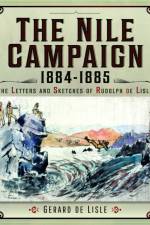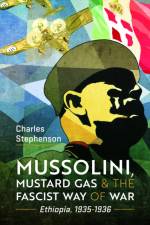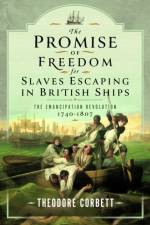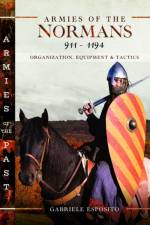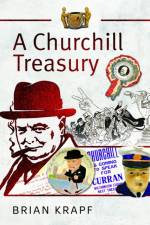av Maggie Andrews
321
The lives of women changed immeasurably during the twentieth century, not just because of technological and economic advances, but as a result of a multiplicity of small and large, local, national and international political campaigns by women. The activities of the Edwardian suffrage campaigns are the most well-known example of this, but in less well-known, political struggles women fought with equal tenacity, sacrifice, and inventiveness, to demand, for example, equal pay, analgesics for women and childbirth, an end to virginity testing at airports or wages for housework. This book focuses on 15 such campaigns and the thousands of women who sought to influence decision making, exercise and challenge power in the twentieth century. These political activities were sometimes small-scale and short-lived or seemingly unsuccessful but together they helped to bring about immeasurable changes in women's lives during the twentieth century.With limited financial resources and hefty domestic responsibilities, women have often chosen to pick their political battles very carefully. Some fought for workers' rights or the right to education, some prioritised stopping male violence on the streets, in the home or between nations, others like Radcliffe Hall campaigned so women could define their own sexuality. Women organised self-help childcare, rape crisis centres and peace camps. They set up birth control clinics and women's refuges. Ordinary women took on exploitive landlords, immigration officers, international companies, local councils, the media and successive governments.A few of the hundreds of thousands of these political women, like Maggie Wintringham and Nancy Astor, were MPs; others became local councillors. However, women's access to traditional areas of political power was limited, even when Britain had its first woman prime minister in 1979, she was one of only 19 women MPs in parliament. Consequently, women sought other spheres of activity through which to fight for change, using all the resources and imagination at their disposal to challenge injustice and abuse. They employed deeds and words, petitions and protests, legal and illegal devices, peaceful and violent strategies to further their political aims. Their motivations and contributions were varied, many made sacrifices to be involved in political battles, but this book seeks to celebrate some of these unsung heroines who tried to make a difference.









